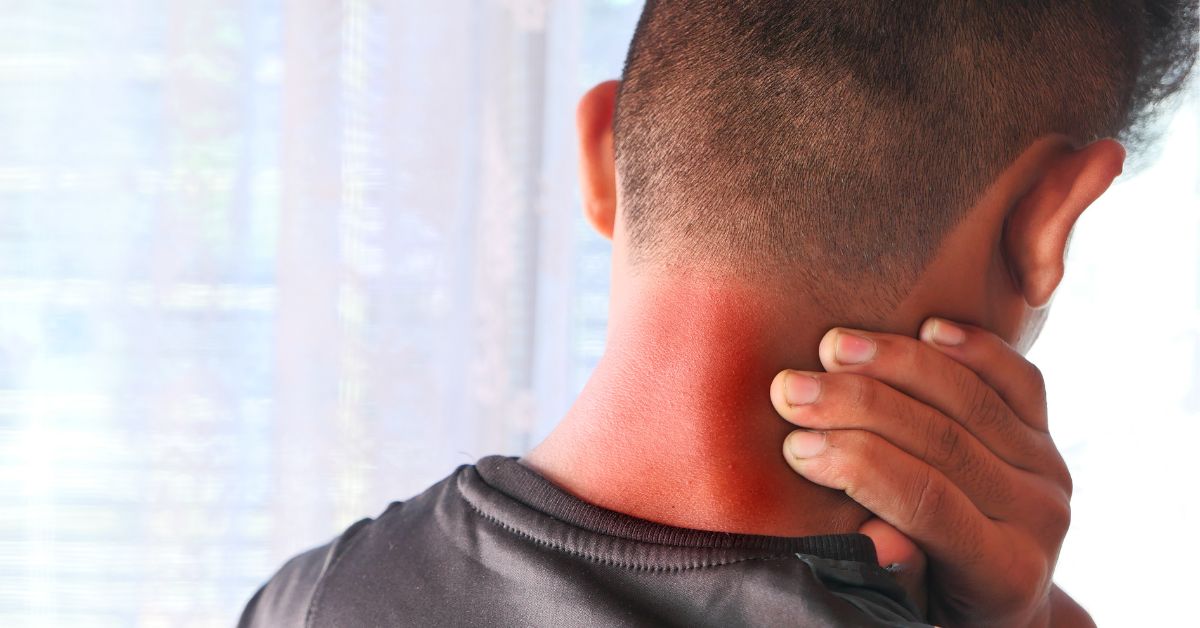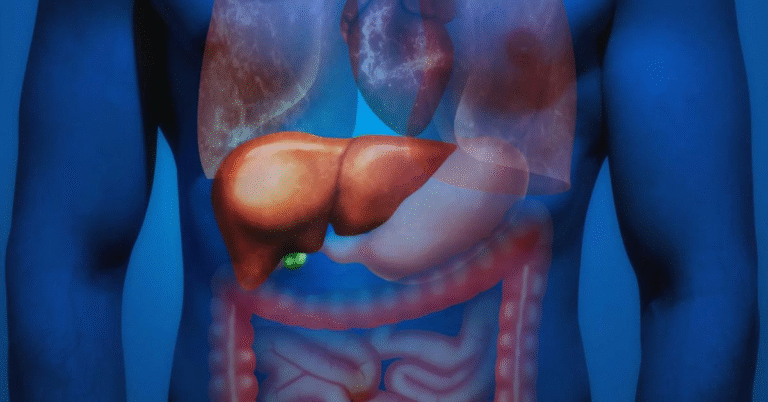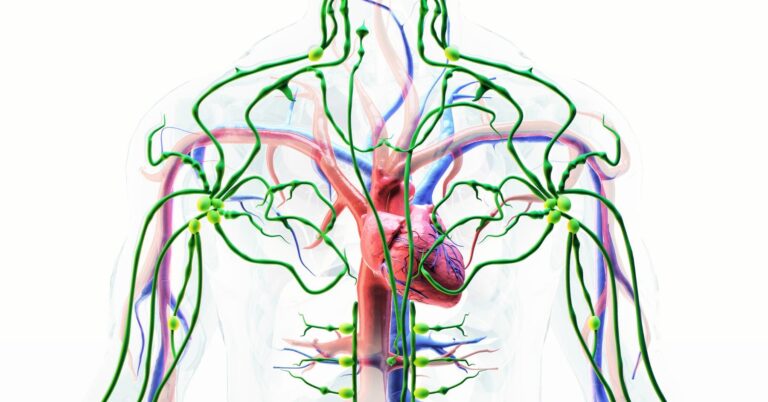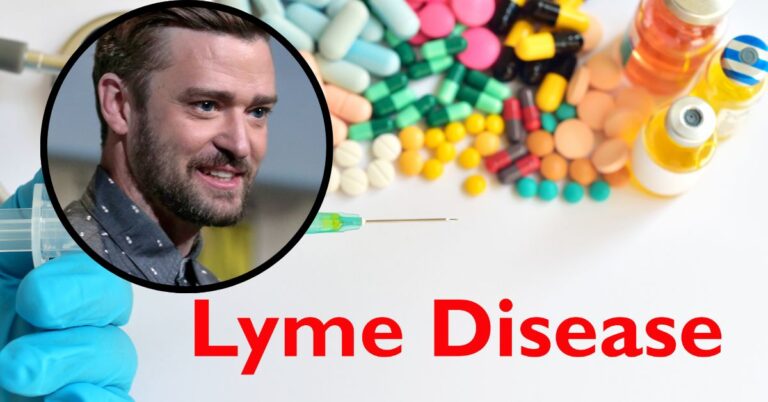Lyme Disease Rash: What It Really Looks Like Early On
If you’ve been outside recently and noticed a strange rash, you might be wondering if it could be Lyme disease. One of the first and most obvious signs of Lyme disease is a bullseye-shaped rash, called erythema migrans. But it doesn’t always look exactly like that, and that’s where confusion often starts.
Experts are saying that spotting the early signs of Lyme disease can help us catch it earlier and get better. And with tick season hitting its peak in the summer, it’s time to learn what to look out for.

“The rash isn’t always a perfect bullseye,” says Dr. Monica Shoff, an infectious disease expert at the Mayo Clinic. “It can be all shapes, sizes, and colors, depending on your skin tone and how early you spot it.”
What Is a Lyme Disease Rash?
Lyme disease is a bacterial infection caused by a tick called Borrelia burgdorferi. It’s spread when an infected tick bites you. One of the first signs is a rash at the bite site.
This rash, called erythema migrans, usually develops 3 to 30 days after the bite and appears in roughly 70–80% of Lyme cases, according to the CDC.
Unlike allergic reactions or other skin issues, the Lyme rash develops gradually and typically doesn’t cause itching or discomfort, according to Dr. Amesh Adalja, MD, of the Johns Hopkins Center for Health Security.
What Does the Rash Actually Look Like?
Here’s what to expect and what to watch for:
Typical Lyme Disease Rash Characteristics:
- A red outer ring with central clearing (classic “bullseye” appearance)
- May start small (like a bug bite) and expand up to 12 inches or more
- Flat and not painful or itchy
- May feel warm to the touch
- Appears at or near the tick bite sitem often on thighs, armpits, waist, or back
But not all Lyme disease rashes look like a bullseye. Some appear as solid red patches, bluish tones, or bruiselike areas, especially on darker skin.
See CDC’s Photo Gallery of Lyme Rashes
What If You Don’t Get a Rash?
Did you know that not everyone with Lyme disease has a rash? It’s true! In some cases, the rash might go unnoticed, especially if it’s in a hard-to-see spot like the scalp or back.
Listen up, everyone! Lyme disease can be sneaky, especially if you’ve been outdoors. Don’t cle aches, fever, or joint stiffness. Even if you don’t have a rash, it’s still worth checking for Lyme. Dr. Shoff emphasizes the importance of considering Lyme as a possible diagnosis if you experience these symptoms.
New Research: Early Detection Through Skin Signs
A recent study in the Journal of Infectious Diseases found that if you spot a rash and go to the doctor right away, you can really reduce your chances of getting serious health issues like arthritis or brain problems later on.
Another 2025 analysis from the NIH emphasized the importance of skin-tone inclusive education, noting that standard images often don’t represent how Lyme rashes appear on darker complexions (NIH Lyme Disease Resources).
Public Health Impact: Why Rash Awareness Matters
With climate change extending tick seasons and habitats, Lyme disease is spreading to new areas, including urban parks and backyards. The CDC estimates that nearly 476,000 Americans are diagnosed and treated for Lyme each year (CDC Lyme Statistics).
Dr. Adalja underscores the importance of understanding that Lyme disease has transcended its rural origins. By recognizing the distinctive symptoms of the rash, individuals can take proactive steps, particularly in regions where Lyme was once rare.
What To Do If You See a Rash That Looks Like Lyme
Take These Steps Immediately:
- Photograph the rash in good lighting to show your healthcare provider
- Note when it appeared and whether it has changed in size or shape
- If you have flu-like symptoms (fever, chills, fatigue), seek medical care
- Don’t wait for a blood test—early Lyme disease is usually diagnosed clinically
- Ask your provider about starting a 10–21 day course of antibiotics, like doxycycline
“The sooner you start treatment, the better the results,” says Dr. Shoff. “Don’t let symptoms get worse!”
How to Prevent Tick Bites in the First Place
While knowing how to identify a Lyme disease rash is important, prevention is key.
Tick Bite Prevention Tips:
- Wear long sleeves and pants when hiking or in wooded areas
- Apply EPA-approved insect repellent containing DEET or picaridin
- Perform full-body tick checks after outdoor activities
- Shower within 2 hours of coming inside
- Remove ticks with fine-tipped tweezers, pulling straight out
More: CDC’s Lyme Disease Prevention Guide
The Bottom Line
Lyme disease can be tricky because the rash is usually the first sign of a bigger health issue. While most people think of it as a bullseye, it’s actually more complicated. Knowing what to look for, especially how the rash changes over time, can help you get treated early and avoid long-term health problems.
If you spot a strange, spreading rash this summer, especially after spending time outdoors, don’t just assume it’s a bug bite. Take a photo, give your doctor a call, and ask about Lyme disease.
Check out the healthlynic ✔️approved range of products for Weight Loss, Improve metabolism and much more!







